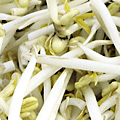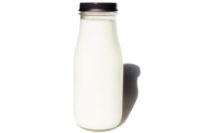US needs to get proactive on E. coli O104:H4

Coming on the heels of an April 2011 E. coli O111 outbreak in
Assays for E. coli O104:H4 may not be as widely available, primarily because until now, it was not an issue in the
“The tragedies in
In an exclusive FE interview, Marler said, “USDA considers E. coli O157:H7 as an adulterant, but it doesn’t consider the other non-O157s that cause human illness as adulterants. The FDA doesn’t make this differentiation between adulterants and non-adulterants. It simply states you can’t sell food that is contaminated with a pathogen.”
According to Marler, he spent $500,000 of his own money in 2010 to fund a test conducted by IEH Laboratories to check random grocery store hamburger samples for non-O157 E. coli. In the study, the results showed the presence of both E. coli O111 and O104 strains.
Marler told FE that calling any E. coli an adulterant prompts processors to do the testing. “That’s what in my view has changed the dynamic in the meat industry-by requiring the testing [for O157:H7], the [meat processors] have done the testing, and the numbers of E. coli cases linked to meat have been dropping dramatically for years.”
Marler says Costco already tests for non-O157s, and some processors in the leafy-green industry are also doing the testing. The reality is, says Marler, there are already processors doing the testing, and to get the rest of them to follow the protocols may take drastic measures.
While it obviously costs more to do the appropriate testing while holding product in quarantine, the costs are certainly much less to the processor than sustaining an outbreak, says Marler. Consider it an insurance policy against losing a brand and all its associated business.
While processors are making the effort to provide safe food, consumers need to be aware that careful preparation and proper storage before and after cooking go a long way to reduce bacteria counts. In addition, cooking to a temperature of 160°F will kill most bacteria, further reducing the possibility of foodborne illness. Health Canada, FDA and USDA provide helpful hints to minimize the possibility of getting sick from meat and other foods that may have bacteria on it when purchased.Looking for a reprint of this article?
From high-res PDFs to custom plaques, order your copy today!



